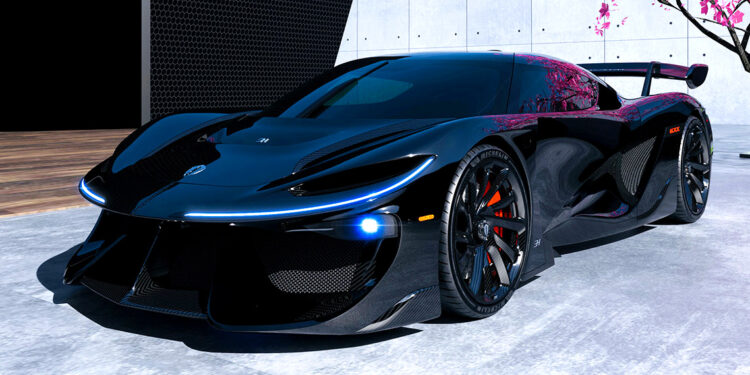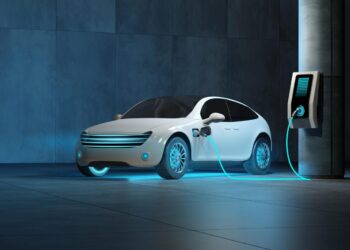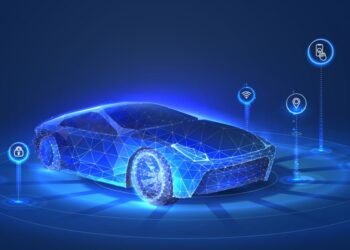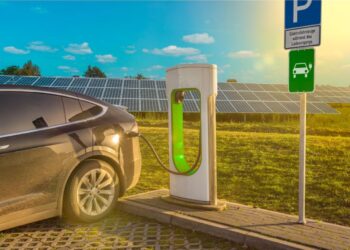The internal combustion engine (ICE) has been the dominant force in transportation for over a century, powering our cars, planes, and ships. While the global shift towards electric and alternative energy sources is undeniable, the ICE is far from obsolete. In fact, a new generation of engineers and scientists are pushing the boundaries of what’s possible, developing hyper-efficient engines that promise to dramatically reduce fuel consumption and emissions. These innovations are not just incremental improvements; they are fundamental redesigns and technological breakthroughs that could extend the life of fossil fuels while we transition to a sustainable energy future. They represent a critical bridge technology, offering a significant and immediate environmental impact.
This comprehensive guide will take you on a deep dive into the most groundbreaking advancements in internal combustion engine technology. We will explore the revolutionary changes in engine design, the use of advanced materials, the power of digital twins and AI, and the role of new fuels in creating a more efficient and cleaner ICE. By understanding these innovations, you will gain a deeper appreciation for the ongoing evolution of a technology that continues to power our world. The future of the engine is not about a single solution but a diverse and highly efficient portfolio of technologies that are more integrated, intelligent, and sustainable than ever before.
A. Revolutionary Engine Design Philosophies
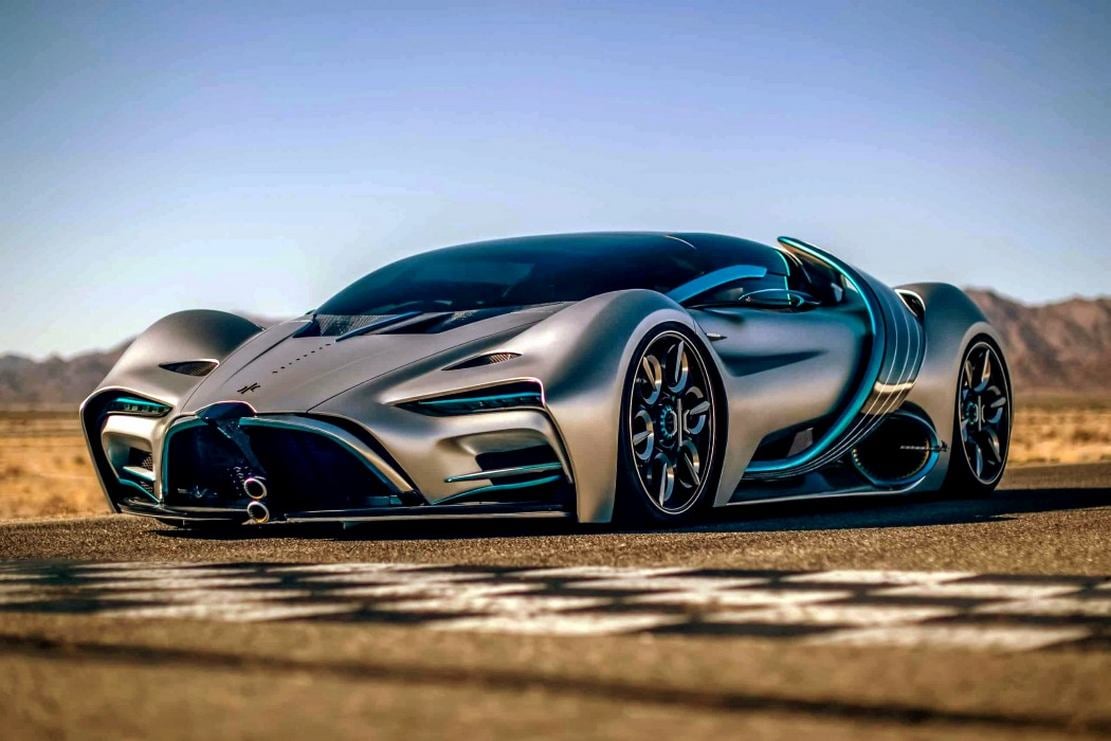
The core design of the internal combustion engine has remained relatively unchanged for decades. However, a new wave of engineering is challenging the status quo, focusing on new cycles and configurations to extract maximum energy from every drop of fuel.
- A. The Atkinson and Miller Cycles: These engine cycles are not new, but their widespread adoption is a recent phenomenon, especially in hybrid vehicles. Unlike the traditional Otto cycle, which prioritizes power, the Atkinson and Miller cycles prioritize efficiency by varying the intake valve timing. This effectively shortens the compression stroke relative to the expansion stroke, allowing the engine to extract more energy from the burning fuel. The result is a significant boost in fuel efficiency, particularly at a constant cruising speed.
- B. Variable Compression Ratio (VCR): This technology is a true game-changer. VCR engines can automatically adjust their compression ratio on the fly, optimizing performance and efficiency based on the driving conditions. A higher compression ratio is ideal for light loads and highway cruising, maximizing fuel economy. A lower compression ratio is used for heavier loads or spirited driving, providing more power. This ability to adapt allows the engine to operate at peak efficiency across a wide range of scenarios, a major milestone in ICE development.
- C. Homogeneous Charge Compression Ignition (HCCI): HCCI is an engine technology that combines the best of both gasoline and diesel engines. It uses a lean fuel-air mixture that is compressed until it self-ignites, similar to a diesel engine. This process, unlike the spark ignition in a gasoline engine, is more efficient and produces significantly fewer pollutants, like nitrogen oxides (NOx). The challenge lies in controlling the ignition timing, which is why it has not yet been widely adopted in consumer vehicles, but research is ongoing.
- D. Camless Engines: Traditional engines use a camshaft to open and close the intake and exhaust valves. Camless technology, however, replaces the mechanical camshaft with electronic actuators for each valve. This provides an unprecedented level of control over valve timing and lift. An engine can be programmed to have an ideal valve profile for every imaginable driving condition, from cold starts to high-speed cruising, leading to a dramatic improvement in efficiency and power output.
B. The Power of Advanced Materials and Coatings
The performance of an engine is not just about its design; it’s also about the materials from which it is built. New materials and coatings are being developed to reduce friction, improve durability, and withstand higher temperatures, all of which contribute to a more efficient engine.
- A. Low-Friction Coatings: The single biggest source of energy loss in an ICE is friction. New ultra-low friction coatings, applied to components like pistons, piston rings, and cylinder walls, can significantly reduce this energy loss. These coatings are often made of materials like diamond-like carbon (DLC) or other advanced polymers that create an incredibly smooth and durable surface, allowing moving parts to glide more easily.
- B. Thermal Barrier Coatings (TBCs): TBCs are applied to engine components like piston heads and exhaust ports to reduce heat transfer. By keeping more of the heat inside the combustion chamber, these coatings allow the engine to operate at a higher temperature and a higher level of thermal efficiency. The exhaust gases also remain hotter, which helps the catalytic converter function more effectively, reducing emissions.
- C. Lighter-Weight Materials: To improve fuel efficiency, engineers are using lightweight materials like aluminum alloys, carbon fiber composites, and plastics in engine construction. A lighter engine requires less energy to move the vehicle, directly translating to better fuel economy. Advanced composites can be used for engine covers and intake manifolds, while new aluminum alloys can be used for cylinder blocks and heads without compromising strength.
- D. Smart Materials: Researchers are even exploring the use of smart materials that can change their properties in response to temperature or pressure. For example, a shape-memory alloy could be used in a valve that changes shape to optimize airflow at different temperatures, allowing the engine to adapt to its environment without complex mechanical systems.
C. The Role of Digitalization and AI
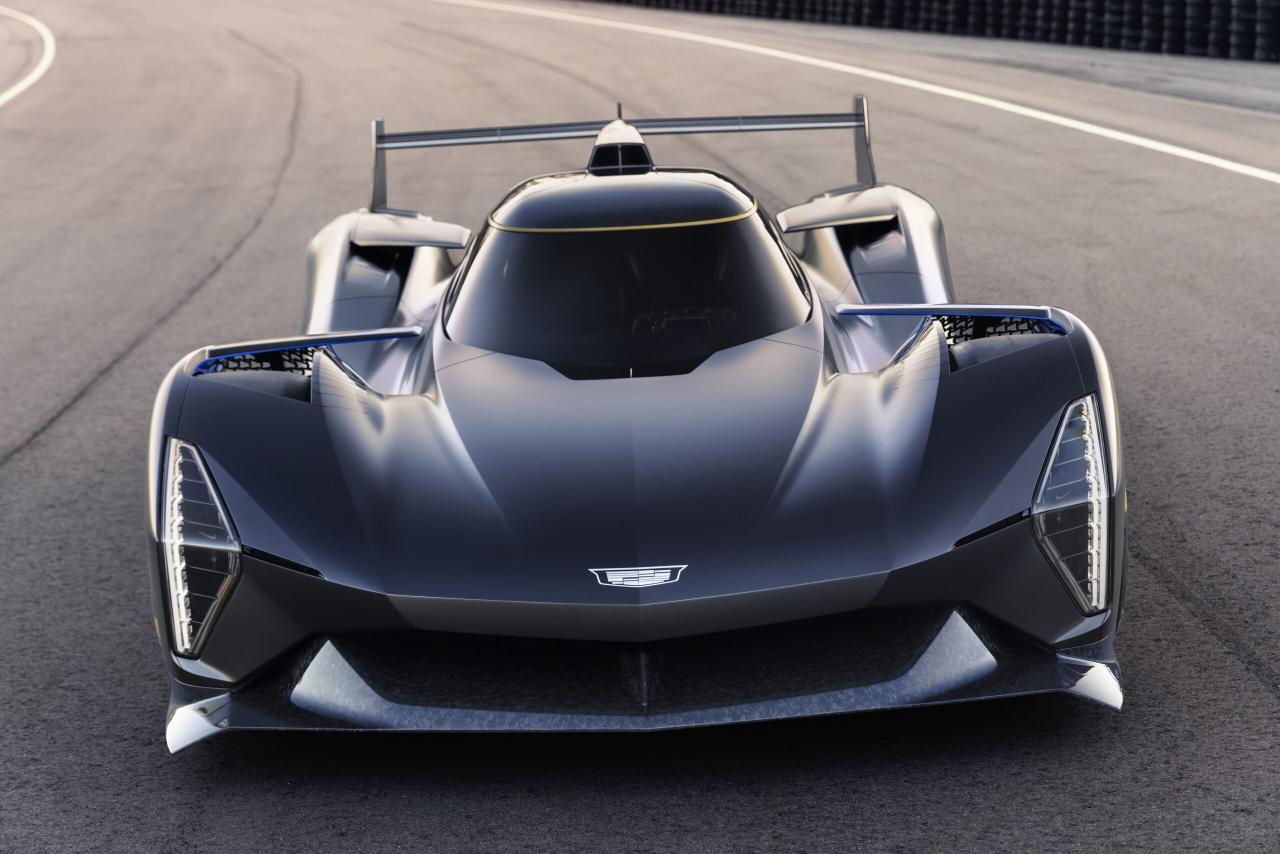
The modern engine is a highly intelligent system. The use of digital twins, AI, and advanced sensors is making it possible to optimize engine performance in real-time and accelerate the pace of innovation.
- A. Digital Twins: A digital twin is a virtual, real-time replica of a physical engine. Engineers can use this twin to run simulations, test new parts, and analyze performance data without ever building a physical prototype. This allows for rapid innovation, as they can test thousands of different variables in a fraction of the time it would take with physical models. The digital twin can also be used to monitor the engine’s health in the field and predict when a part might need maintenance.
- B. AI-Powered Engine Management Systems (EMS): The engine’s computer, the EMS, is becoming smarter. It uses AI to analyze data from hundreds of sensors in real-time to make millisecond-by-millisecond adjustments to a multitude of variables, including fuel injection timing, ignition timing, and valve timing. The AI can learn from your driving habits and adapt the engine’s performance to optimize for either power or efficiency, based on your preferences.
- C. Predictive Maintenance: AI can analyze vast amounts of data from a fleet of engines to predict when a component is likely to fail. This allows for proactive maintenance, preventing costly breakdowns and extending the lifespan of the engine. For example, AI can detect subtle changes in a car’s engine noise or temperature that indicate a future problem, scheduling a service appointment automatically.
- D. Advanced Combustion Sensing: New sensors are being developed that can monitor the combustion process in real-time, providing the EMS with unprecedented data. Sensors that measure the pressure and temperature inside the combustion chamber allow the AI to make fine-tuned adjustments to the air-fuel mixture, ensuring a more complete and efficient burn with fewer pollutants.
D. The Future of Fuels and Engine Integration
The engine’s performance is intrinsically linked to the fuel it burns. The future of hyper-efficient engines will also involve a transition to new, cleaner fuels and a deeper integration with electric powertrains.
- A. Synthetic and Biofuels: While traditional gasoline and diesel are the most common fuels, the future will see a rise in synthetic and biofuels. Synthetic fuels, made from captured carbon and green hydrogen, are carbon-neutral and can be used in existing engines, providing a drop-in solution to reduce emissions. Biofuels, made from plant matter and waste, are also a more sustainable alternative to fossil fuels.
- B. Hydrogen Combustion Engines: A hydrogen combustion engine is similar to a gasoline engine but burns hydrogen instead of gasoline. It produces zero carbon emissions, with the only byproduct being water. While a hydrogen fuel cell is more efficient at converting hydrogen into power, the hydrogen combustion engine is a viable alternative, especially for heavy-duty applications, as it can be refueled quickly and is cheaper to manufacture than a fuel cell.
- C. The Hybrid Revolution: The most immediate and successful hyper-efficient solution is the hybrid powertrain, which combines a highly optimized ICE with an electric motor and a battery. The ICE can be a VCR or Atkinson cycle engine that is tuned for maximum efficiency, while the electric motor provides the power for acceleration and low-speed driving, areas where the ICE is least efficient. This combination provides the best of both worlds: the long range of an ICE and the clean, silent efficiency of an electric motor.
- D. Next-Gen Exhaust Systems: The exhaust system is becoming a critical component for efficiency. New systems are being developed that can capture and convert waste heat from the exhaust into electricity, which can then be used to power the car’s accessories or charge the battery. This process, known as thermoelectric generation, significantly improves the overall efficiency of the vehicle by reclaiming energy that would otherwise be lost.
Conclusion
The story of the internal combustion engine is far from over. While the public imagination is captivated by the electric vehicle revolution, a quieter but equally profound transformation is underway in the world of ICE technology. The unveiling of hyper-efficient engines is a testament to the fact that innovation is a continuous process, and the drive for cleaner, more efficient solutions is relentless across all technologies. These new engines are no longer just mechanical devices; they are intelligent, integrated systems powered by AI, optimized by advanced materials, and fueled by a new generation of sustainable alternatives.
This convergence of design, material science, and digital technology is creating an ICE that is more efficient than ever before, dramatically reducing fuel consumption and emissions. These hyper-efficient engines serve a critical purpose: they are a bridge to a carbon-neutral future, offering a significant and immediate environmental impact while the world builds out the necessary infrastructure for a fully electrified fleet. The future of the ICE is not about a single invention but about a portfolio of highly advanced, highly efficient, and integrated technologies. From variable compression ratios to carbon-neutral fuels, these innovations are proving that the pursuit of efficiency and sustainability can coexist. The journey is not about one technology winning over another but about creating a diverse and resilient energy ecosystem that can meet the complex needs of a global society. The next chapter for the internal combustion engine is not a finale; it is a powerful new beginning.

